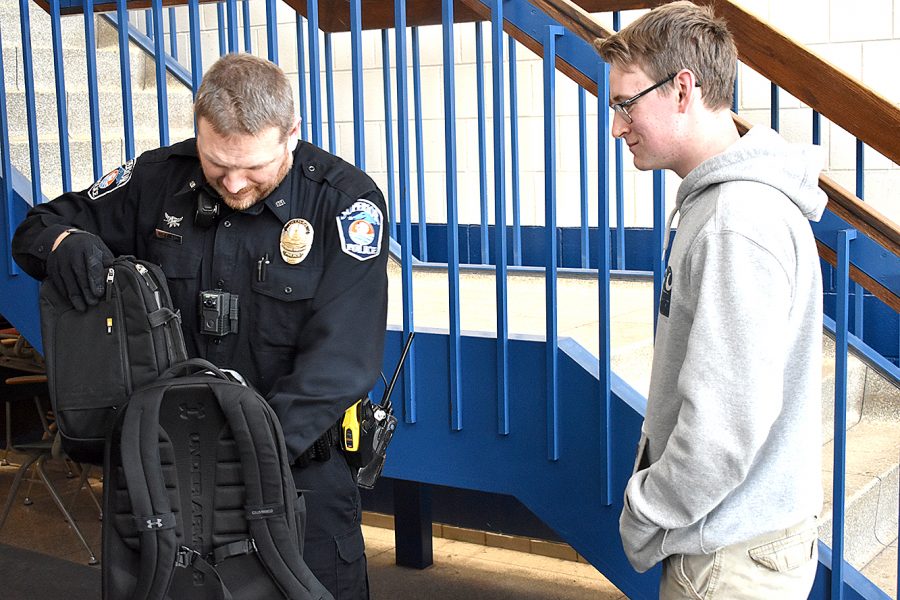
In State v. Dere, the Court of Appeals Division I held that a telephone conversation between a jail inmate and a person outside the jail is not a private communication when the participants are advised that the call will be recorded and must confirm their understanding that they are being recorded. Also, a recording of such a conversation is admissible evidence against the noninmate as well as against the inmate.
Defendant Zakaria Dere was a co-defendant in a Robbery. Before the trial, Dere posted bail and was released from custody. Dere received several calls from Mohamed Ali, a codefendant who remained in jail. Their conversations were recorded by the jail’s telephone system.
Unfortunately for Dere, the recordings gave evidence that Dere was an accomplice in the robbery. He argued a CrR 3.5 motion to suppress., however, the trial court denied his motion. Ultimately, Dere’s statements were used against him by the State at his trial. He was found guilty of Robbery. He appealed.
WASHINGTON PRIVACY ACT
The Court of Appeals addressed Dere’s argument that the admission of the recordings violated the Washington Privacy Act under RCW 9.73. Under this statute, recordings obtained in violation of the act are inadmissible for any purpose at trial. The act also makes it unlawful to intercept or record private communications transmitted by telephone without first obtaining the consent of all participants in the communication. Dere cited State v. Modica in arguing that a communication is private when parties manifest a subjective intention that it be private and where that expectation is reasonable.
Despite Dere’s arguments, the Court of Appeals reasoned that Dere’s conversations with Ali were not private communications. Dere and Ali did not have a reasonable expectation of privacy in their telephone conversations because they knew their calls were recorded and subject to monitoring. “Because the calls were not private communications, the privacy act does not apply,” reasoned the Court.
WASHINGTON CONSTITUTION
Next, the Court of Appeals addressed Dere’s claims that the recording of his calls violated his constitutionally protected privacy rights. The Court reasoned that although Article I, section 7 of the Washington Constitution generally protects the privacy of telephone conversations, calls from a jail inmate are not private affairs deserving of protection:
” A jail recording system . . . and its operation typically demonstrates that at least one participant in a conversation has consented to the recording. The inspection of other forms of communication with inmates, such as ingoing and outgoing mail and packages, is not an invasion of a privacy interest protected by the Washington Constitution so long as the inmate is informed of the likelihood of inspection.”
With that, the Court of Appeals concluded there was no violation of Dere’s constitutional privacy interests. The Court upheld Dere’s Robbery conviction.
My opinion? Obviously, this case shows that suppressing jail inmate conversations is difficult to impossible; especially when the automated voice informs the callers that the conversations are being recorded. I always advise my jailed clients to limit their phone conversations with friends and family members.
Speaking from experience, I’ve conducted many trials where Prosecutors use recorded jail inmate against my clients in attempts to incriminate them. Usually, the recorded conversations are suppressible on other grounds as being prejudicial, irrelevant, confusing, misleading etc. under ER 403. Still, trying to suppress incriminating statements is a terrible position to be in; especially when avoidable.
Please contact my office if you, a friend or family member are charged with a crime. Hiring an effective and competent defense attorney is the first and best step toward justice.














